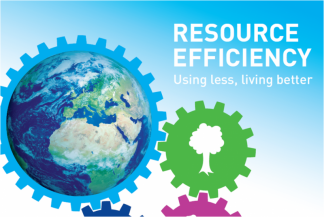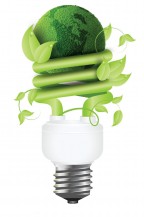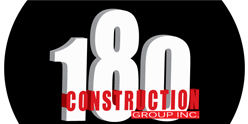Green Building aims to create structures that are durable, environmentally friendly, and comfortable. It should take into account the complete system including energy and resources used in extraction, manufacturing, maintenance and use of the structure, and the re-use and disposal of all materials involved.
There are many design factors and alternative materials available that contribute to more sustainable construction for the long term good of our planet and the future generations who will inhabit it. The following are some of the guidelines and alternatives we are using at 180 Construction Group to further our goal to create more energy and resource-efficient, healthy homes and commercial buildings.

1. Resource Efficiency and Benefits:
A. Avoid the use of products from endangered or threatened tree species, substituting, where possible.
1) Glue-lams, paralams and engineered beams and trim are more durable, better quality and less expensive.
2) Certified, sustainable-yield lumber promotes the safety of our forests.
3) Cement fiber shakes and siding are longer lasting, lower maintenance and fire resistant.
4) Plastic lumber for decking is maintenance free and longer lasting than redwood or cedar.
5) Recycled lumber has less knots and helps to save the forests and landfills.
B. Substitute Fly-ash for cement (up to 50%) in concrete to re-use waste products and reduce pollution, and get a stronger end product.
C. Durability: Avoid products with short term life spans (unless they are made from low-impact, renewable materials and are recyclable)
D. Recycle and reuse materials where practical
E. Recycle aluminum windows and door frames
F. Recycling containers on all jobsites

2. Energy Efficiency Benefits:
A. Passive solar with thermal mass uses natural heating and reduces energy use and pollution
B. Day-lighting: Use of skylights and solar tubes
C. Radiant heat in floors not only saves energy but is more comfortable and healthier
D. Energy-efficient appliances
E. Compact fluorescent lamps on front exterior lights and interior where lighting is used more than 45 min./day
F. Use of operable windows to optimize air flow reduces need for mechanical cooling.
G. High-efficiency fireplaces cut heating bills and pollution
H. Solar heating for hot water
I. Photovoltaic reduces energy use and offers an emergency backup system

3. Healthy Building:
A. Avoid the use of vinyl ( PVC, carpets and wall coverings) to improve indoor air quality.
B. Avoid the use of pressure-treated lumber containing arsenic ? substitute ACQ pressure-treated lumber.
C. Avoid use of materials with formaldehyde in glues – specify OSB with MDI binder for healthier air.
D. Use non-toxic paints for better indoor air.

What does resource efficiency mean?
Making the most efficient use of our resources is making the most of what we’ve got. OSB and engineered wood use smaller trees to do the same job as twice as much lumber from rough sawn timbers. By using recycled materials, you are benefiting through a great product while giving materials a second useful life.?
Why is it important to “buy recycled”?
You are probably recycling your glass, aluminum and plastics, but do you ever wonder where they go? The plastic bags you get at the grocery store are recycled with wood chips into Trex, low-maintenance decking – something considerably more valuable and with a longer useful life than a throw-away bag. So, by buying recycled materials, you ‘close the loop’ and create a market for your own recycled materials and keep them out of the landfill.
Is it more expensive?
Rarely. More often, green building materials are longer lasting products, saving you money by lowering maintenance costs.
